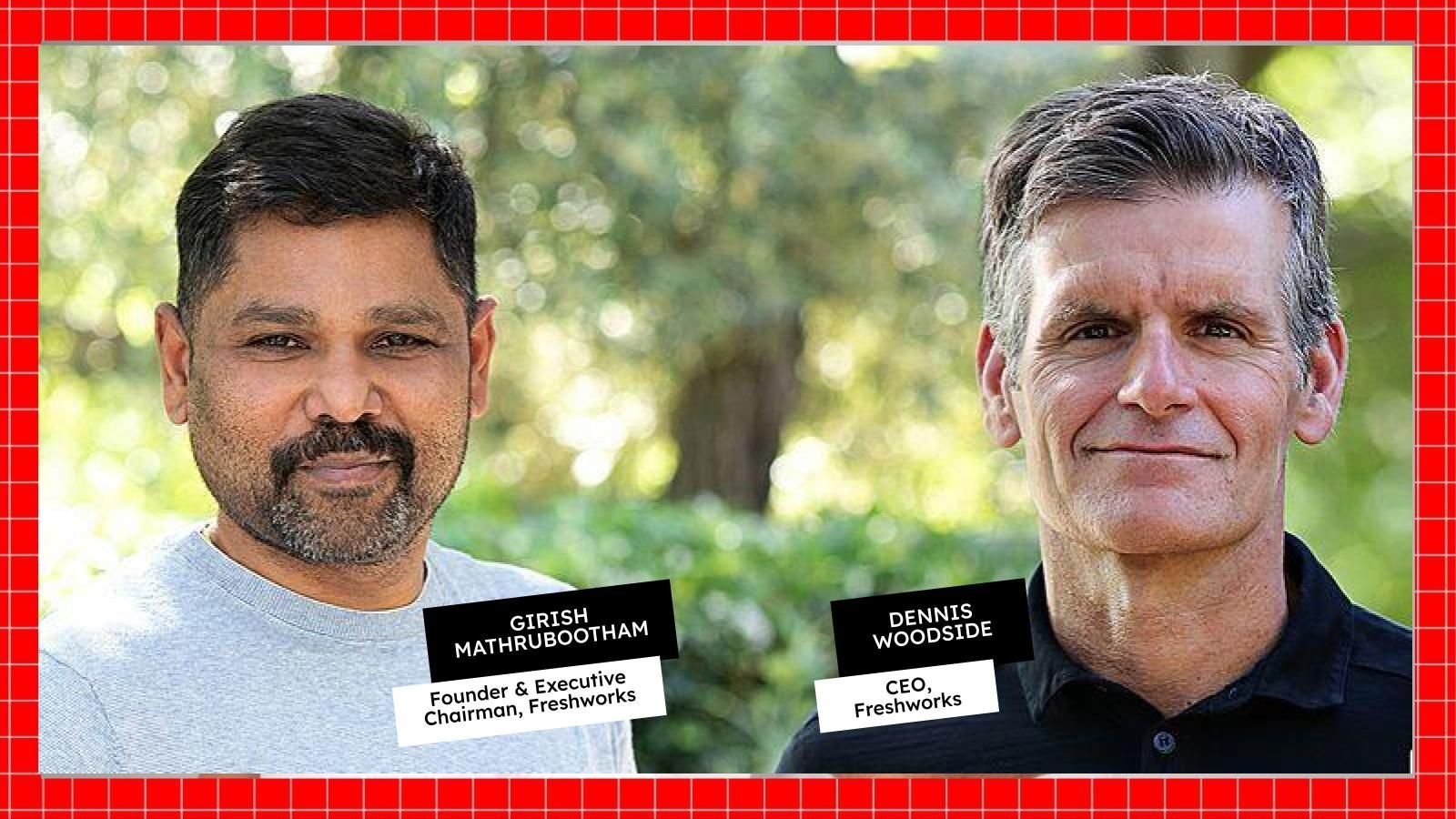Startup
NASA’s Next Leap: A Second Mars Helicopter Soon To Take Flight After Ingenuity’s Triumph

In a thrilling new chapter for space exploration, NASA is gearing up to send a second helicopter to Mars, taking aerial exploration on the Red Planet to bold new heights. Following the stellar success of Ingenuity—our very own “Marscopter” that soared above expectations—this next mission promises to dive even deeper into Mars’ rugged landscapes.
Ingenuity’s Stellar Performance
Launched aboard the Perseverance rover, Ingenuity made history on April 19, 2021, by achieving the first powered, controlled flight on another planet. Designed for a mere five flights over 30 Martian sols (approximately 31 Earth days), Ingenuity far exceeded expectations. By January 18, 2024, it had completed 72 flights, covering over 17.2 kilometers (10.7 miles) and accumulating more than 128 minutes of flight time.
Key Achievements of Ingenuity:
- Altitude Record: Reached a maximum altitude of 24 meters (79 feet).
- Speed Milestone: Attained a top speed of 36.0 km/h (22.4 mph)
- Operational Longevity: Functioned nearly three years beyond its initial mission parameters.
Ingenuity’s success has not only demonstrated the feasibility of aerial exploration on Mars but also provided valuable data for future missions. Its flights have offered unique perspectives of the Martian surface, aiding the Perseverance rover in navigating the challenging terrain of Jezero Crater.

Jezero Crater
The Next Chapter: A Second Mars Helicopter
Building on Ingenuity’s accomplishments, NASA is developing a more advanced helicopter for Mars exploration. This new rotorcraft, often referred to as the “Mars Science Helicopter,” is designed to carry scientific instruments, enabling it to conduct detailed analyses of Martian geology and climate.
Anticipated Features of the New Helicopter:
- Increased Payload Capacity: Capable of transporting several kilograms of scientific equipment.
- Enhanced Flight Range: Designed to cover several kilometers per day, significantly expanding the scope of exploration.
- Autonomous Landing: Equipped with advanced navigation systems to land independently after descending from orbit.
This ambitious project aims to address some of the limitations faced by ground-based rovers, such as traversing difficult terrains and covering extensive areas within limited timeframes. By taking to the skies, the new helicopter can access previously unreachable regions, providing a broader understanding of Mars’ diverse landscape.
Why Aerial Exploration Matters
The thin Martian atmosphere, with less than 1% of Earth’s atmospheric density, presents significant challenges for flight. However, aerial vehicles offer distinct advantages:
- High-Resolution Imaging: Capturing detailed images from above aids in identifying geological features and potential signs of past life.
- Efficient Terrain Coverage: Flying over obstacles allows for faster and more comprehensive exploration compared to rovers.
- Support for Ground Missions: Aerial scouts can identify safe paths and scientifically interesting targets for rovers and landers.
Looking Ahead
As NASA prepares for this next mission, the lessons learned from Ingenuity are invaluable. The new helicopter will incorporate technological advancements and insights gained from its predecessor’s flights, aiming to unravel the mysteries of the Red Planet further.
In the words of NASA’s Associate Administrator for Science, Thomas Zurbuchen, “Ingenuity’s success has paved the way for future aerial exploration on Mars. We’re excited to build upon this foundation with our next helicopter mission.”
Startup
Freshworks reports 22% jump in revenue to $186.6M in Q3

Software-as-a-Service (SaaS) major has reported a 22% growth in revenue, climbing to $186.6 million for the third quarter ended September 30, 2024, up from $153.6 million in the same period last year.
The Nasdaq-listed company parred its losses by 3.55% to $29.9 million during the quarter under review, compared to $31 million in the previous year.
“Freshworks delivered a strong third quarter, with revenue growing 22% year over year to $186.6 million, net cash provided by operating activities margin improving to 23%, and free cash flow margin improving to 21%,” said Dennis Woodside, CEO & President of Freshworks.
“We continue to see mid-market and enterprise companies choose Freshworks as the AI-powered service platform that enables them to scale with exceptional customer and employee experiences,” he added.
Total income from operations amounted to $24 million, up from $17.4 million in the third quarter of 2023.
Earlier in May this year, the California-headquartered firm announced the appointment of Dennis Woodside as the new CEO, with Girish Mathrubootham transitioning to the role of Executive Chairman.
The company reported a rise in its total operating expenses to $195 million in Q3 of 2024, up from $166 million in the corresponding period last year.
The firm reported free cash flow of $40.1 million for the third quarter of 2024, up from $22.1 million a year earlier. As of September 30, 2024, cash, cash equivalents, and marketable securities totaled $1.05 billion.
The net dollar retention rate stood at 107%, compared to 106% in the second quarter of 2024 and 108% in the third quarter of 2023.
Net Dollar Retention (NDR) is a key performance metric that measures how well a company retains and expands revenue from existing customers over time.
The number of customers contributing over $5,000 in annual recurring revenue (ARR) grew 14% year-over-year, reaching 22,359.
In addition, Freshworks onboarded several new customers to its portfolio, including Republic Airways, City of Bellevue, ChampionX, University of Oxford, Sparebank 1, aand TechStyle Fashion Group, among others.
Freshworks also announced that its Board of Directors has approved a stock repurchase programme, authorising the buyback of up to $400 million in outstanding Class A common stock.
A stock repurchase programme or buyback is when a company buys back its own shares from the open market in order to increase the value of the remaining shares by reducing the overall supply.
The firm ended the quarter with the launch of Freddy AI Agent, an easy-to-deploy autonomous service agent designed to enhance both customer experience (CX) and employee experience (EX).
The introduction of Freddy AI Agent comes at a time when many enterprises are adopting AI agents to streamline their workflows. The AI agents can be deployed within minutes and have resolved an average of 45% of customer support requests and 40% of IT service inquiries, said the company in a statement.
In September, Freshworks welcomed former ServiceNow executive Murali Swaminathan as its new Chief Technology Officer. Additionally, after nearly five years, the company’s Chief Product Officer Prakash Ramamurthy stepped down to pursue new career opportunities.
An SEC filing on August 5 announced the appointment of Philippa Lawrence as Chief Accounting Officer. Earlier in the year, Pradeep Rathinam, who served as Chief Revenue Officer, left the company in February.
Startup
Why ‘family’ culture may harm your workplace dynamics

Imagine starting a new job and hearing your manager proudly say, “We’re like a family here.” It sounds warm, inviting, and comforting. But while this sentiment is well-meaning, it may not be the most effective way to frame a business environment. The “family” metaphor is appealing because it promises loyalty, unconditional support, and unity. However, it also implies blurred boundaries, potentially toxic relationships, and unbalanced expectations.
In the realm of business, where clarity, structure, and professionalism are paramount, treating your company as a ‘family’ may set you up for challenges that undermine both productivity and well-being.
The origins of the ‘family’ mentality
The idea of the workplace as a family emerged from a desire to foster camaraderie and trust among employees. Companies wanted to create spaces where people felt safe and motivated, boosting morale and retention. While intentions may have been noble, the execution often leads to problematic outcomes.
Why the ‘family’ mentality falls short
Blurred boundaries and unrealistic expectations
Families are typically associated with unconditional support. However, in a business setting, this mindset can lead to unrealistic expectations where employees feel pressured to go above and beyond their professional scope. This often leads to burnout, as employees may struggle to say no or set boundaries out of fear of disappointing their ‘family.’
Difficulty in addressing underperformance
In a true family, love and loyalty often override consequences for poor behaviour. In a business, however, the stakes are different. Maintaining a ‘family’ mindset can make it difficult for leaders to objectively address underperformance or make tough decisions like layoffs. This approach can create a culture where mediocrity is tolerated, affecting overall productivity and efficiency.
Favouritism and unbalanced treatment
Family-like dynamics can also lead to favouritism or perceptions of unequal treatment, fostering resentment among team members. In a business context, it’s vital to maintain fairness and transparency. The ‘family’ approach may compromise this, as leaders might subconsciously favour those they feel closer to, creating division and tension among teams.
Toxic relationships and emotional burden
Families can have complex, sometimes toxic, dynamics that don’t translate well into professional settings. The ‘like a family’ mantra can encourage employees to bear the emotional weight of their coworkers’ problems or poor behaviour. This added emotional labour is unsustainable and distracts from the primary focus of achieving shared business goals.
Resistance to change
Families tend to value tradition and continuity, sometimes at the expense of adaptability. For a company, clinging to the ‘family’ ideology can hinder innovation and growth. Businesses need to be dynamic, and capable of making strategic shifts without being tied down by the emotional attachments that come with a familial mindset.
What companies should aspire to instead?
Instead of aiming to be ‘like a family,’ companies should adopt a framework that prioritises clear roles, responsibilities, and support structures that respect personal and professional boundaries. Here’s what companies can aim for:
- A supportive community: Unlike a family, a community is built on mutual interests and goals, with a shared sense of purpose but clear boundaries.
- A high-performing team: Teams are focused on collaboration and mutual accountability, maintaining professionalism while fostering trust.
- An empowering culture: Cultivate an environment that encourages personal growth and collective success without imposing unrealistic emotional burdens.
While it’s tempting for companies to aspire to be ‘like a family’ for the sake of unity and morale, it often comes at the cost of professionalism, clear boundaries, and effective leadership. Instead, organisations should strive for a balanced culture that upholds mutual respect, accountability, and a shared vision. The key to long-term success lies in creating a work environment that empowers individuals while maintaining clear lines between the personal and the professional.
Startup
Inflexor Ventures raises Rs 280 Cr as first close for Opportunities Fund

Early-stage venture capital firm Inflexor Ventures raised Rs 280 crore as the first close of its Rs 350 crore Opportunities Fund, raising capital from a diverse set of investors.
In a statement, Inflexor said that HDFC AMC Select AIF FoF I Scheme is the dominant limited partner in the fund. Besides, it also saw participation from HNIs, family offices, corporates, and other institutions.
The VC firm aims to achieve the final close of the fund by the end of this month.

Founded by Venkat Vallabhaneni, Jatin Desai, and Pratip Mazumdar, Inflexor Ventures is a sector-agnostic VC firm managing Rs 1,000 crore of assets under management (AUM) with a portfolio of 26 startups.
According to the VC firm, this transaction has generated returns and liquidity for all its existing Fund-I investors, including IDFC Limited and Sumankant Munjal Family Office through a full portfolio sale of assets.
The VC firm noted that part of the target corpus of the Opportunities Fund will be allocated over the next three to five years to maintain or increase stake in their portfolio companies.
“The first close within six months, bolstered by a sizeable investment from HDFC AMC, underscores strong investor confidence in the underlying portfolio,” said Pratip Mazumdar, Partner at Inflexor.
Inflexor is currently deploying from its second fund raised during 2021 and has invested in companies, including Kale Logistics, Atomberg, PlayShifu, ClickPost, and BioPrime.
It also sold stakes and exited one of its second fund’s portfolio companies Steradian Semiconductors to a Tokyo-listed strategic Japanese company.
Inflexor has been an early investor in startups like Atomberg, Kale Logistics, Entropik, Bellatrix, Clickpost, and Cloudsek.
-

 Startup Stories1 year ago
Startup Stories1 year agoWhy Millennials, GenZs Are Riding The Investment Tech Wave In India
-

 Startup Stories1 year ago
Startup Stories1 year agoStartups That Caught Our Eyes In September 2023
-

 Startup Stories1 year ago
Startup Stories1 year agoHow Raaho Is Using Tech To Transform India’s Fragmented Commercial Trucking
-

 Startup Stories12 months ago
Startup Stories12 months agoMeet The 10 Indian Startup Gems In The Indian Jewellery Industry’s Crown
-

 Crptocurrency8 months ago
Crptocurrency8 months agoLither is Making Crypto Safe, Fun, and Profitable for Everyone!
-

 Startup Stories1 year ago
Startup Stories1 year agoHow Volt Money Is Unlocking The Value Of Mutual Funds With Secured Lending
-

 Startup Stories1 year ago
Startup Stories1 year agoWhy Moscow-Based Kladana Considers Indian SME Sector As The Next Big Market For Cloud Computing
-

 E-commerce1 year ago
E-commerce1 year agoTop Online Couponing Trends To Watch Out For In 2016




